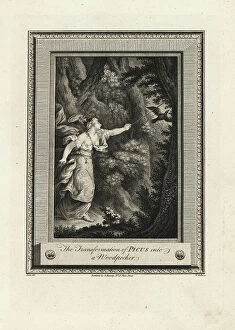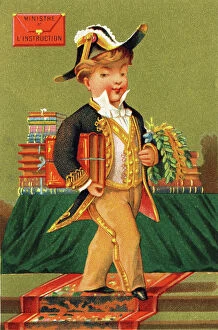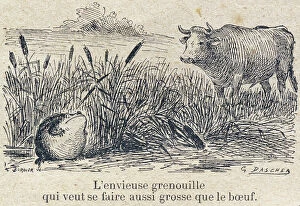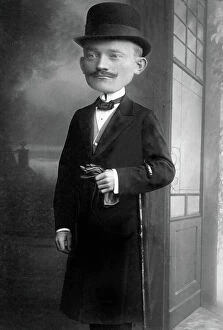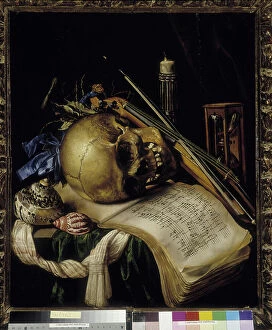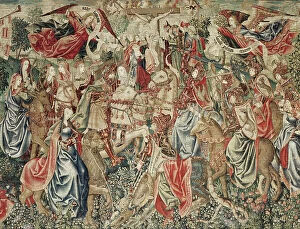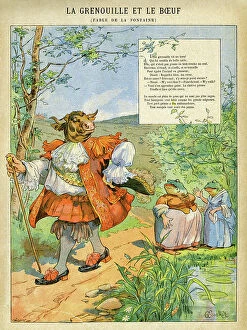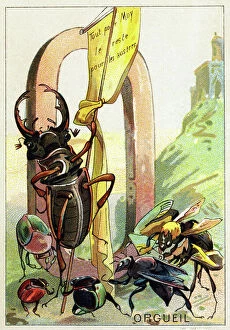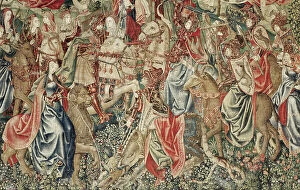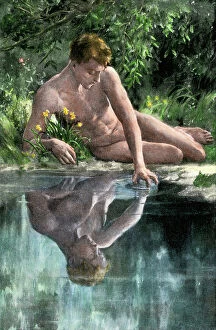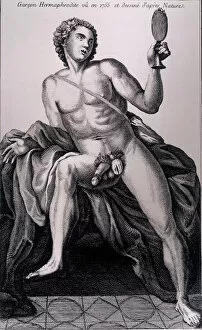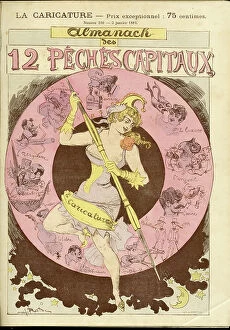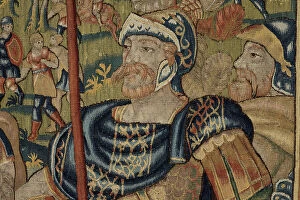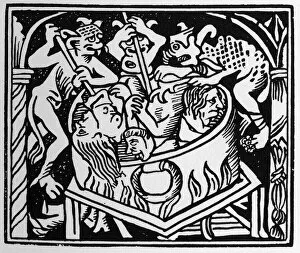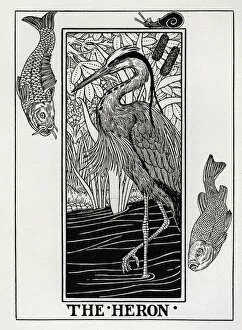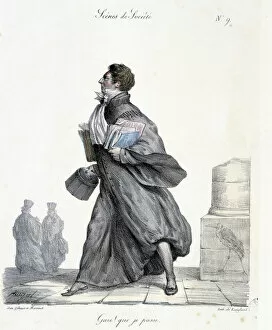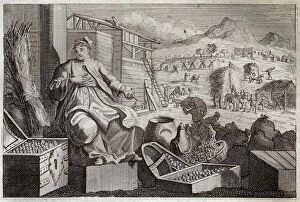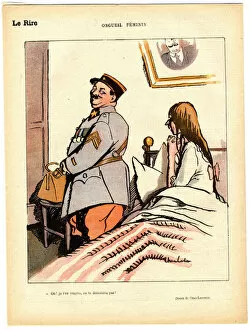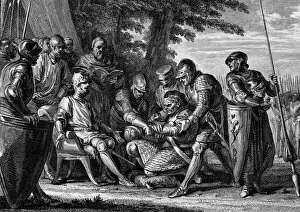Haughtiness Collection
Humility is the antidote to haughtiness, a trait that has been observed and depicted throughout history
For sale as Licensed Images
Choose your image, Select your licence and Download the media
Humility is the antidote to haughtiness, a trait that has been observed and depicted throughout history. From the hermaphrodite boy seen in 1755, drawn from nature's enigmatic wonders, to the peculiar sight of a two-headed camel at the Birqash Camel Market near Cairo, Egypt - these curiosities remind us of our own insignificance in the grand tapestry of life. The story of Cyrus II The Great, dating back to c. 1590, weaves a tale of power and pride. A portrait painted in 1511 captures the essence of youthful arrogance, while devils tormenting sinners in fire and sulfur epitomize haughtiness's destructive consequences. In Apollo and Marsyas' oil painting from 1618, we witness hubris leading to downfall. An allegorical representation from a Parisian manuscript reminds us how human sins like anger, lust, envy are countered by virtues such as piety and sobriety. Fables like 'The Rat and the Elephant' teach valuable lessons about overestimating one's abilities or importance. Similarly cautionary is 'The Donkey Wearing Relics, ' illustrating how false pretenses can lead to ridicule. Even popular scenes depicting midgets alongside bourgeois caricatures serve as satirical reminders that no one is immune to haughty behavior. In contrast, Bosnian Turks and Pandours portrayed with their excessive rudeness highlight how reputation can be tarnished by arrogance. Finally, Anna de Brancovan Comtesse Mathieu de Noailles' portrait by Philip Alexis de Laszlo showcases an influential French woman who defied societal expectations but remained grounded despite her accomplishments. These glimpses into artistry spanning centuries reveal that haughtiness knows no bounds - it transcends time and culture. Let them serve as mirrors reflecting upon our own actions; may they inspire humility within us all.


